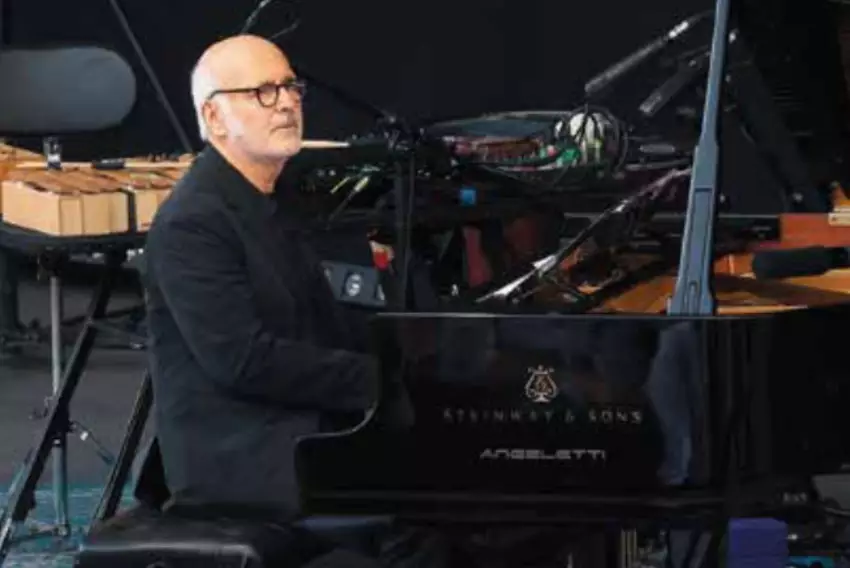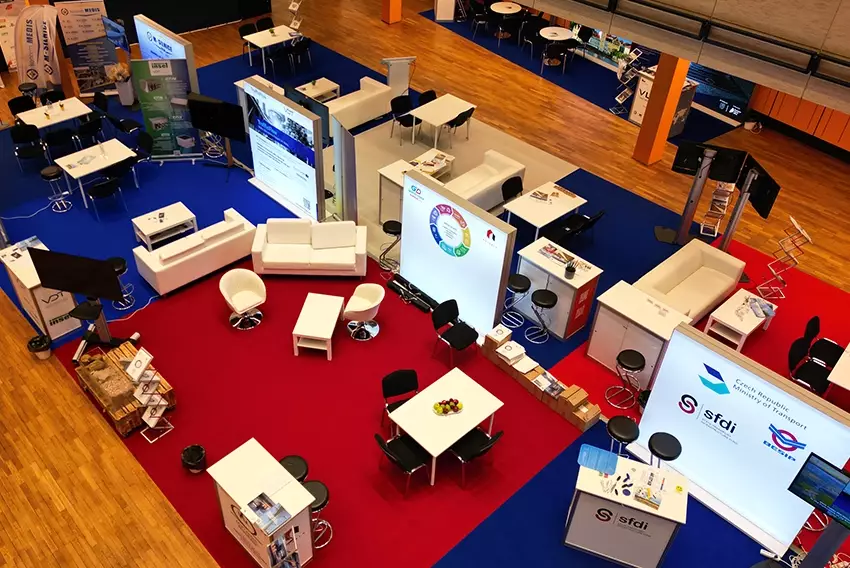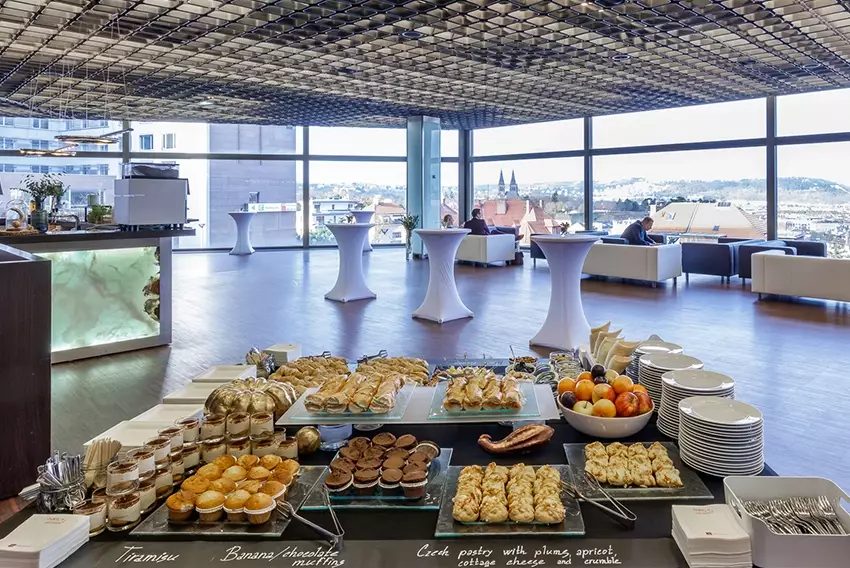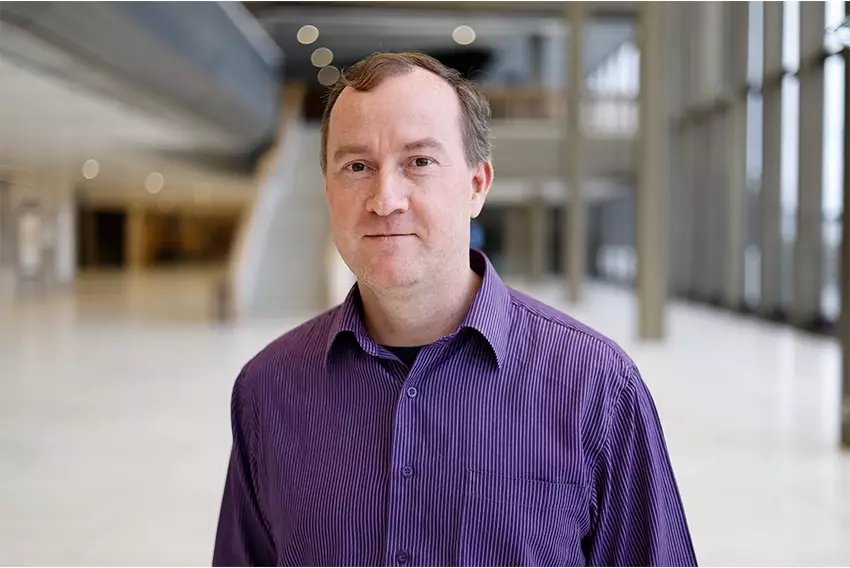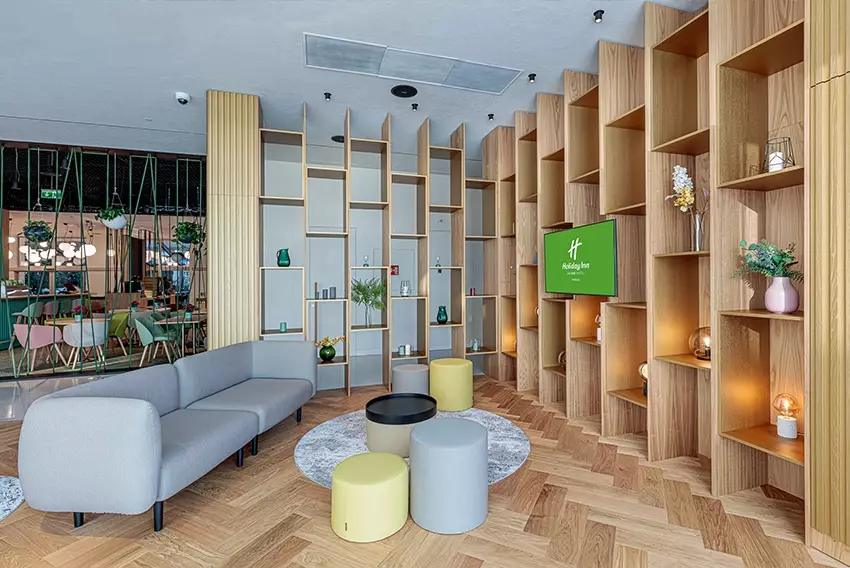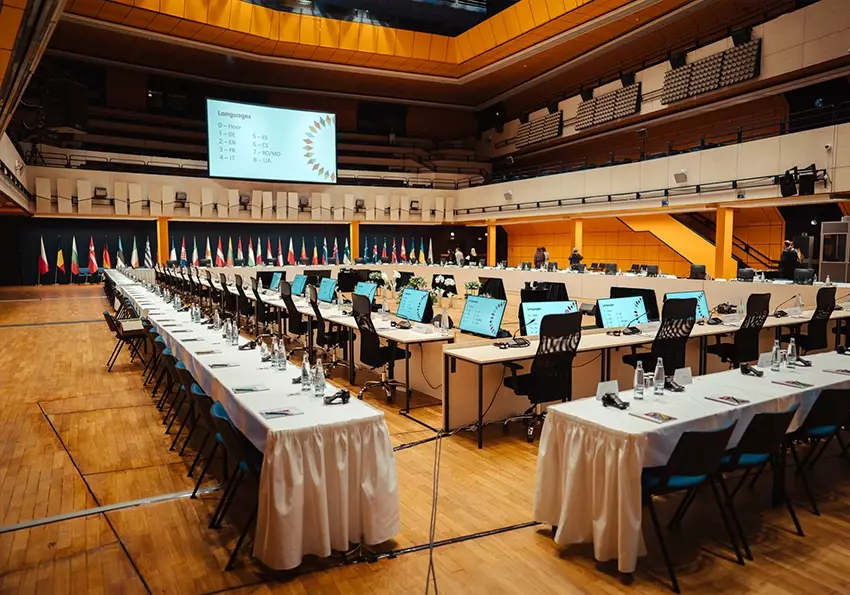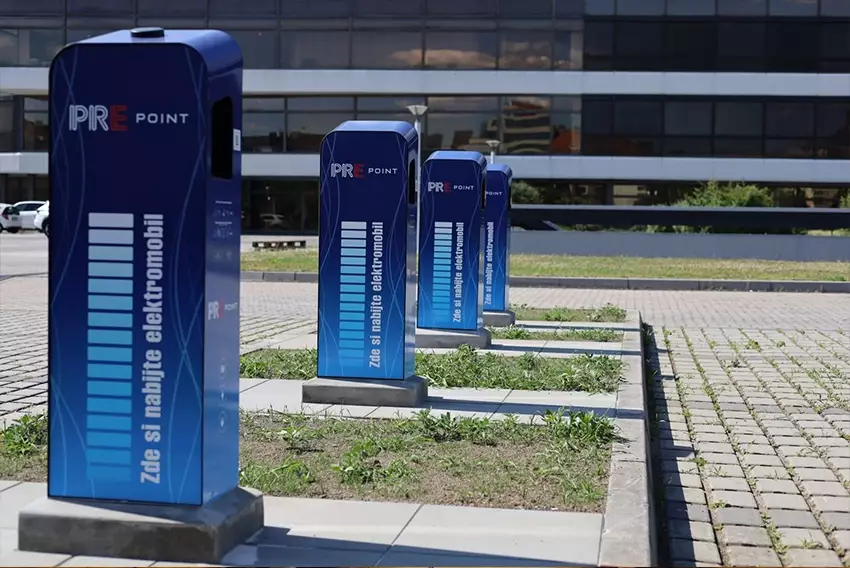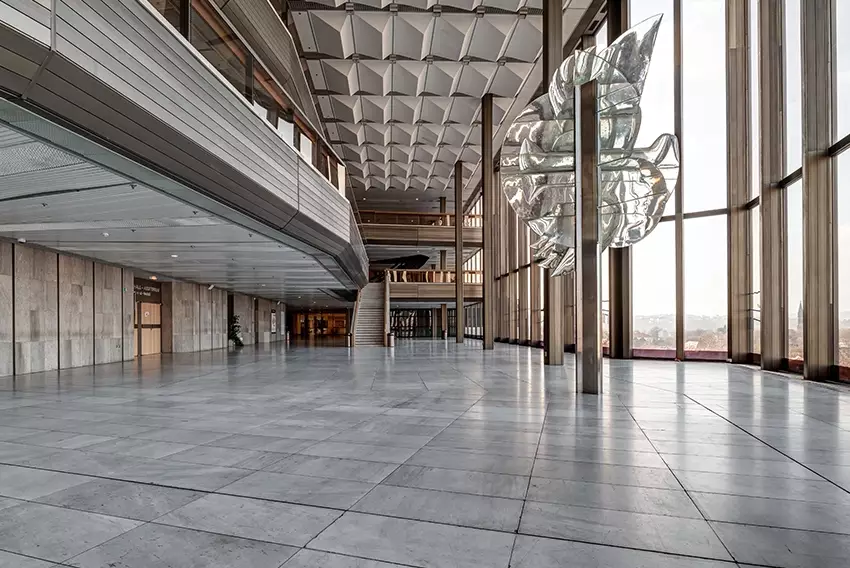 Brutalism: Dominant and Astonishing
Brutalism: Dominant and Astonishing
In the capitals of the countries of the former socialist bloc, since the end of the 1950s, large representative complexes, most often called "Palaces", were built. It then depended on the particular decade, to whom the palace was attributed in name (the people, the Republic, the culture...) and what architectural style was chosen.
What did not change, however, was the ever-present emphasis on the artistic decoration of the interiors and exteriors. The aim was to be a Gesamtkunstwerk, i.e. a detailed architectural work whose individual components create a compact and maximally impressive impression.
The former PaKul (Palace of Culture), now the PCC, is no exception to this; it is still full of works of art that can be counted among the finest examples of period production. However, it is necessary to constantly remind ourselves of the value of this aim composite whole, which has been preserved to this day with only minor modifications. This is not given, and it is easy to lose this artwork in its original setting with a few ill-considered decisions. The palaces of the former Eastern Bloc countries have under gone drastic changes, whether in Sofia, Warsaw or Belgrade, but they have been kept at least partially in use. The Palace of the Republic in Berlin, however, is no longer to be found today; in its place, a copy of the Baroque palace was recently completed, which was demolished shortly after the Second World War. It was replaced by a symbol of the East German regime in the pieces include some really interesting works that attempt to be a distinctive artistic expression despite the ideological assignment. Art of the post-war period is becoming an increasingly po 1970s. It was nowhere near as intimidating and reprehensible as the Berlin Wall, but thousands of memorialists associated it with the regime in comparable terms. Indeed, since its opening it has become almost ubiquitous the Bundestag has met here, reunions have been filmed here, or episodes of Ein Kessel Buntes have been filmed here. It was a place of state representation, culture, recreation and education.
Its "Prague brother" was in a similar position. No expense was spared in the construction, only the highest quality materials and technologies were used. Around three hundred works of art were placed in the entire building. An impressive number for those times, let alone for our present. Apart from the dozens of mediocre works, many paintings, sculptures, reliefs and design pular phenomenon, both unofficial and a selected segment of official art. One such example is the collection of works by ar tists of three generations, different experiences and life destinies preserved in Prague. The palace itself is a valuable document of the time. It is therefore great that we have managed to preserve the building and its furnishings for the most part. Because in Berlin, not only the visual arts, but especially the collective memory has been lost through demolition. Everyone forgets quickly, and a pseudo-Baroque replica of the Berlin Castle will neither be a good "memorial" nor a quality replacement for the already double loss of memory of the place. Lukáš Veverka The author is an art historian
Admin
2023-11-23
